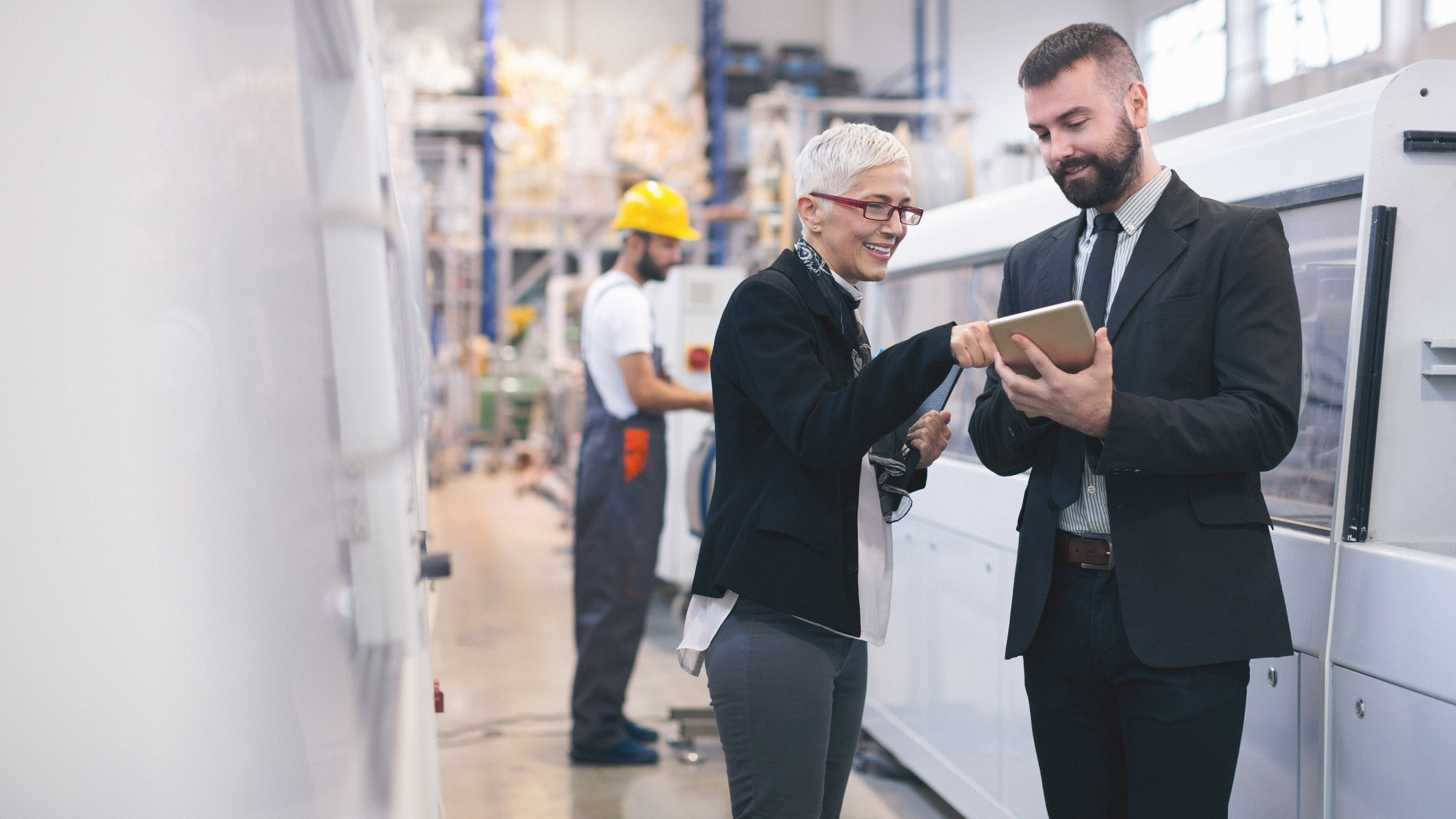How ready is your organization for Industry 4.0 and the Industrial Internet of Things (IIoT)? According to recent Deloitte global surveys, going digital is a priority for 94% of industrial company executives. Yet only 14% are confident that their organizations are ready for the changes.
It's no wonder. Digitalization will affect every aspect of manufacturing, from production and planning to manufacturing and logistics, business models and products to customer experience and the workforce. It’s probably easier to build a new smart factory from scratch than it is to modernize old but core processes — and mindsets.
So what changes lie ahead? Here’s a list based on Deloitte Tech Trends 2019:
1. Macro-technologies at work
Leading industrial manufacturers are automating their large-scale processes, building the backbone for embedded intelligence. This backbone, made up of the IoT, blockchain, and cognitive computing, can lower production costs, strengthen the supply chain, and enhance operational efficiency, reliability, security, and transparency. While the cloud, analytics and digital experience are the ‘new normal’, Deloitte predicts that trends like blockchain, cognitive computing, and digital reality are next in line to become mainstream. Successful digital transformation will require all of these technologies to be integrated correctly.
2. AI drives organizations
Industry leaders are harnessing the full potential of AI and machine learning for data-driven decision-making and generating valuable insights—from sourcing raw materials right through to end-user consumption. AI in particular is changing the value of products, which will increasingly lie not just in their end-function but in the data they generate.
3. Enter the serverless world
Deloitte states that platform-independent cloud and serverless technologies are enabling substantial scalability while keeping costs low. And Deutsche Telekom is part of this trend. We’ve partnered with players across the digital and telecom spectrums to create rich ecosystems that we provide in secure, all-in-one packages. For example, we recently partnered with Microsoft to drive cloud adoption and digital transformation across Europe.
4. Connectivity of tomorrow
The IIoT will drive the development of new products, services, and operating models. The hunt is on for advanced connectivity solutions because the IIoT will need high-speed, low-latency secure networksto ensure seamless vertical, horizontal, and cross-geographic integration across value chains. Hybrid computing—which combines edge computing and public cloud solutions—is one such solution. Other contenders include mesh networks, 5G, low earth orbit satellites, and ultra-broadband.
5. High-speed networks
Deutsche Telekom is a leading provider of secure high-speed network solutions such as hybrid computing. One of our most recent solutions is an ‘Industrial Network’, which connects and controls machine-to-machine communication. And our cloud-based ‘Business Continuity Management’ solution provides clients with an online dashboard to keep on top of critical situations at all times.
6. Intelligent interfaces
Computer vision, conversational voice, auditory analytics, and advanced augmented and virtual reality, are set to transform the way we interact with machines, data, and each other. AR and VR will help workforces connect and learn more quickly, leading to gains in productivity. AR and VR-assisted interfaces can help designers move from ideas to engineered products faster than ever before.
7. Enter the cobot
A cobot works alongside humans and can be easily programmed by factory workers. Unlike regular robots, they can move over factory surfaces safely and be programmed to do more than one task. Cobots will step in to fill a labor shortage that Deloitte estimates will amount to two million skilled workers over the next decade.
8. The customer experience
Today’s customers expect highly personalized and contextualized experiences. This could see many industries moving away from mass production and toward personalization and product customization. Real-time data collected from sensor-enabled connected devices can help manufacturers better understand customer needs.
9. Proactive risk management
Increased connectivity also increases the number of potential entry points for cybercriminals. The trend, therefore, is away from reactive, compliance-based cyber and risk-management toward embedding cybersecurity, privacy, policy, and controls from the ground up. This means that security teams work together with DevOp teams to create digital networks that are ‘secure by design’ by considering cyber risk in the planning stage before implementation.
10. Building a roadmap
Deloitte highlights that many manufacturers fixate on individual technologies and lose sight of the big picture. Instead, they need to adopt a systematic approach to ‘demystify’ digital transformation, making it concrete, achievable, and measurable. But, above all, they need to get to grips with the landscape. This means understanding AI, digital reality, blockchain, and other key technologies. As Deloitte says: “Keeping up with what’s new prepares you to invent what’s next.”
